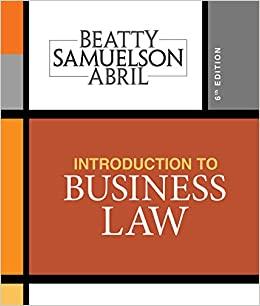Question
People visit national parks because they want to experience the magnificence of nature in its unaltered primordial state. The problem is that the more people
People visit national parks because they want to experience the magnificence of nature in its unaltered primordial state. The problem is that the more people that come for this experience, the less unaltered nature there is. Suppose that there are N visitors to Yosemite National Park per day. Suppose also that the average consumer surplus (or utility) of a visit to the park per visitor in $ is given by U(N,P) = 200 -(N/200) -P, where P is the price of admission. Assume that people will choose to visit the park as long as they have non-negative utility for the visit. Suppose also that the marginal cost (to the park) per visitor is 0, and that the park has no fixed costs.
a. What is the demand function for visits to the park?
b. Since U(N,P) is the average utility(or average consumer surplus) per visitor, when there are N visitors, what is the equation for US(N,P), the total value of visitor (consumer) surplus for N visitors to the park in a given day with the price of admission to the park equal to P?
c. In terms of P, what is the value of N that maximizes total visitor surplus? This will be an expression similar to N = A + (or -) bP, with actual numbers in place of A and b. How many visitors per day would maximize that surplus if admission were free (P=0)? How many people would actually visit the park(use the demand you calculated from part a) per day if admission were free?
d. If the park service's goal with the park were to maximize profit, what admission price (call it p*) would they choose? How many daily visitors (call it N*) would there be? Using your answer from part b, what would total visitor surplus (US(N,P)) be with N*visitors at price p*?Using your answer from part c, what would be the total number of visitors (call it N') that would maximize total visitor surplus at price p*? Why is there a difference between N* and N'?
e. Based on your answers to this problem, how do you think the park service should decide on the price of admission to national parks? Should they choose (or include) another method to manage park attendance?
Step by Step Solution
There are 3 Steps involved in it
Step: 1

Get Instant Access to Expert-Tailored Solutions
See step-by-step solutions with expert insights and AI powered tools for academic success
Step: 2

Step: 3

Ace Your Homework with AI
Get the answers you need in no time with our AI-driven, step-by-step assistance
Get Started


